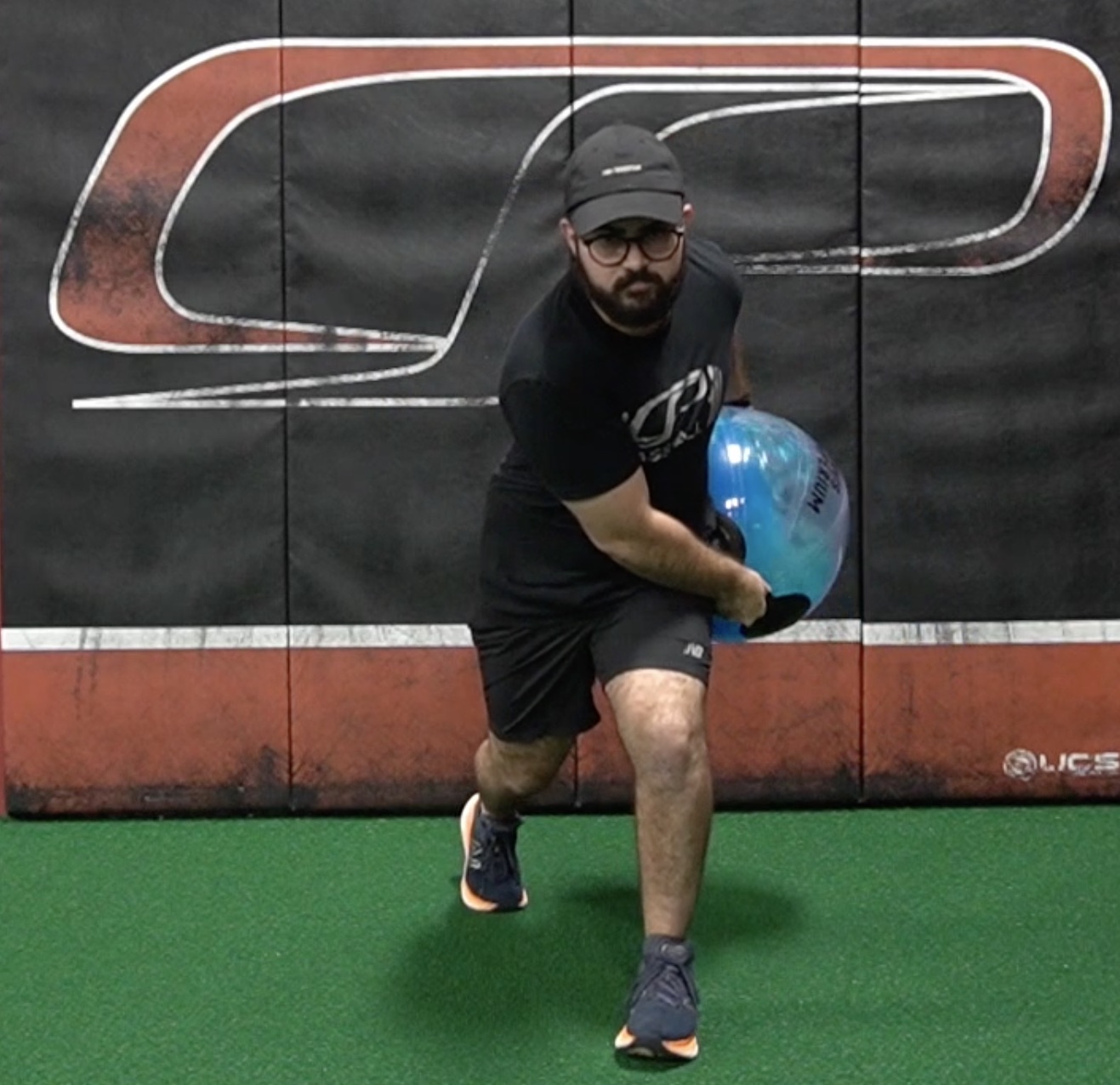
5 Drills for Dynamic Trunk Deceleration
Today’s guest post comes from Cressey Sports Performance – Florida coach, Eduardo Valle.
Coaches and athletes often get fixated on power production and forget about force absorption, or deceleration. Deceleration is an important quality for athletes to possess, as it will help them stay within themselves when performing a task and lessen injury risk. A pitcher or a hitter that can’t decelerate may spin wildly out of control. A rotator cuff that can’t slow your arm action down is a recipe for an arm injury. A hitter that can’t decelerate sufficiently can’t check his swing. There are countless other examples – and this is why we take deceleration training quite seriously. With that in mind, here are five non-traditional drills to implement dynamic trunk deceleration into your training.
1. Anti-Rotation Landmine Windmill: With this drill, you are trying to control the weight on the way down without rotating through your hip, as this will promote trunk deceleration without hip involvement. This is also a good strengthening exercise as you have to then rotate back to the center and repeat to the other side. Choose your weight carefully, as this is an easy one to cheat.
2. Split Stance High to Low Aquabag Chop (over Front Leg): This is a more dynamic exercise overall and one that has immediate transfer to the field, as every baseball player throws and needs to be able to decelerate properly to avoid spinning out of control or missing their target. This will also help athletes to learn how to absorb force into that lead hip.
3. Pallof Press with Deceleration: This exercise is reactive in nature. You’re going to set-up like a normal Pallof Press, and then you’re going to let go and rapidly catch the handle again. This will challenge your core to quickly stop your trunk from going into excess rotation.
4. Proteus Straight Arm Anti-Rotations: This is a more dynamic progression from the landmine anti-rotation drill I demonstrated earlier. Here, we’re rotating our upper body as fast as possible and coming to an immediate stop at end-range. This is extremely challenging because if you are unable to stop properly, you simply lose your balance and fall off to the side. We want to ensure that our trunk can stop itself independently from our hips so as to not put too much stress or rely too much on our hips when everything is working together.
5. Proteus Split Stance High to Low Chop (over Front Leg): Similar to the Aquabag chop, we are going through a modified throwing motion, trying to exert as much force as possible. If we are able to properly absorb our high output here, then we should be able to have more success on the mound maintaining good posture after a pitch instead of spinning uncontrollably.
The lighter/faster drills here typically work well as part of “pre-work.” In other words, we’ll integrate them after warm-ups and before we get to our lifting for the day. They pair well as fillers between medicine ball drills, too. Conversely, if the loads are heavier, they’re best integrated as assistance exercises during strength training sessions.
About the Author
Eduardo Valle is a strength and conditioning coach at Cressey Sports Performance – Florida. He graduated from the University of Virginia with a BS.Ed in Kinesiology. A Certified Strength and Conditioning Specialist through the NSCA, Eduardo also works as part of the UVA Sports Medicine Staff as an Athletic Training Student; this experience helped shape his view of exercise as medicine being an integral part of both mitigating injury and maximizing performance. He’s currently in a Master’s program at Florida Atlantic University for Exercise Science and Health Promotion. You can follow him on Instagram at @edu_valle2.



